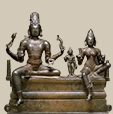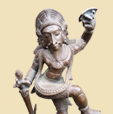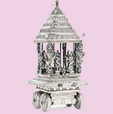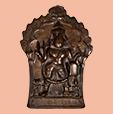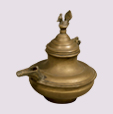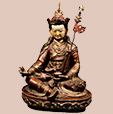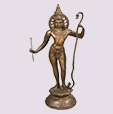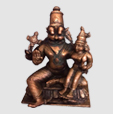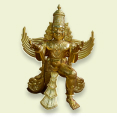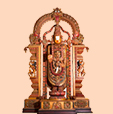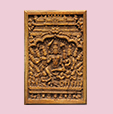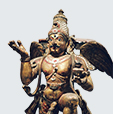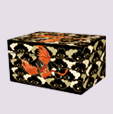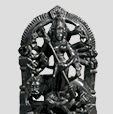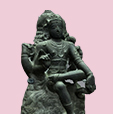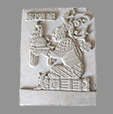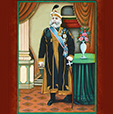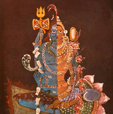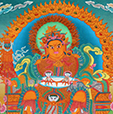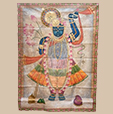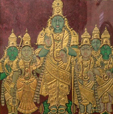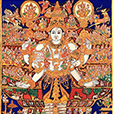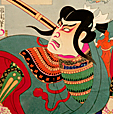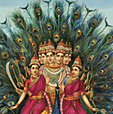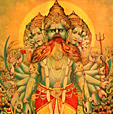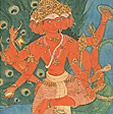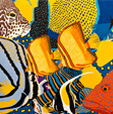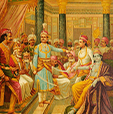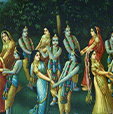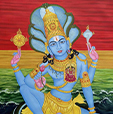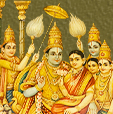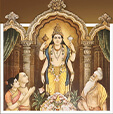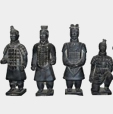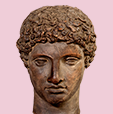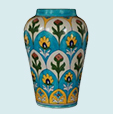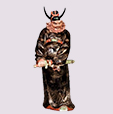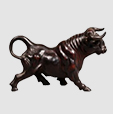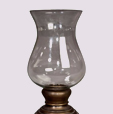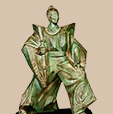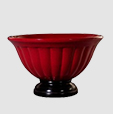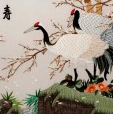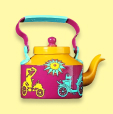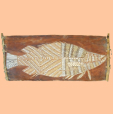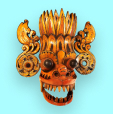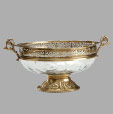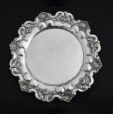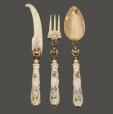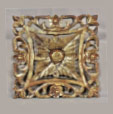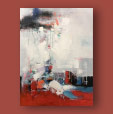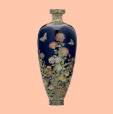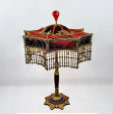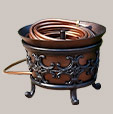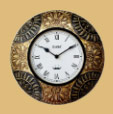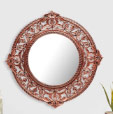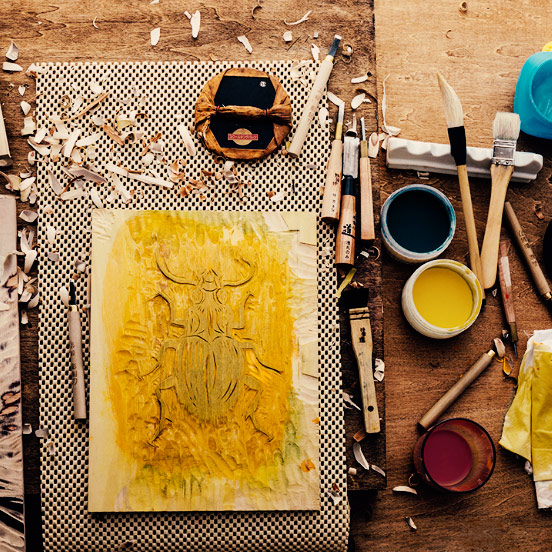
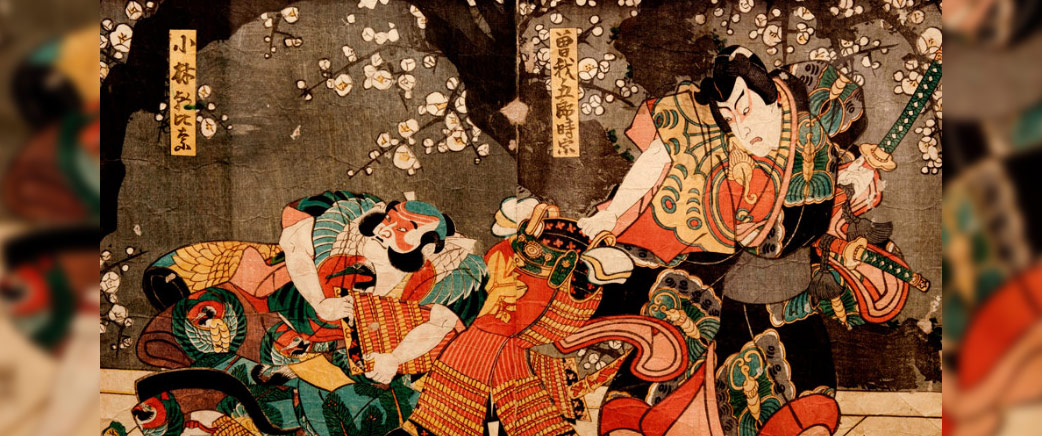
Japan is renowned across the world for its traditional arts, such as calligraphy, tea ceremonies, and flower arranging. But the most famous art of Japan is Japanese Woodblock Prints. Japanese artists have been using this technique of painting for 100 years and it is as famous now as it was in the past days. Japanese woodblock printing is a very rare and outstanding technique for making paintings.
These prints are authentic since they were created centuries ago utilizing Japanese master carvers who meticulously carved scenes onto wooden blocks. After laying the rice paper on top of the colorfully carved block, it was gently pressed to create an image of the landscape on the paper.
People are puzzled about why artists choose this technique because it takes a much longer process than painting on canvas. Historically, this method has been used to create hundreds to thousands of prints before the block loses its embossing. This is the distinction between printing and painting
Japanese woodblock printing requires a lot of hard work and patience as you can see in Archer in Wolf Skin – Japanese Woodblock Print. Each detail is magnificent in this print. A polished, magnificent Japanese woodblock print that appears nothing short of extraordinary is difficult to imagine without the skills, knowledge, and aesthetic skill that went into its creation.
To give our readers a better understanding of this precious Japanese art, we have broken down the making of a classic Japanese woodblock print into the following steps.
Indulge in the artistry of Japanese woodblock prints, owning a masterpiece crafted with passion and skill.
Let's Explore The Making Of Japanese Woodblock Prints
Japanese woodblock prints are created through an intricate and fascinating technique. This method takes a lot of time. The artist must be skilled at drawing, carving, and coloring the painting. For the artist, creating one woodblock print takes a whole month of hard work. Let’s examine the process used to make these prints.
Tools required in woodblock printing
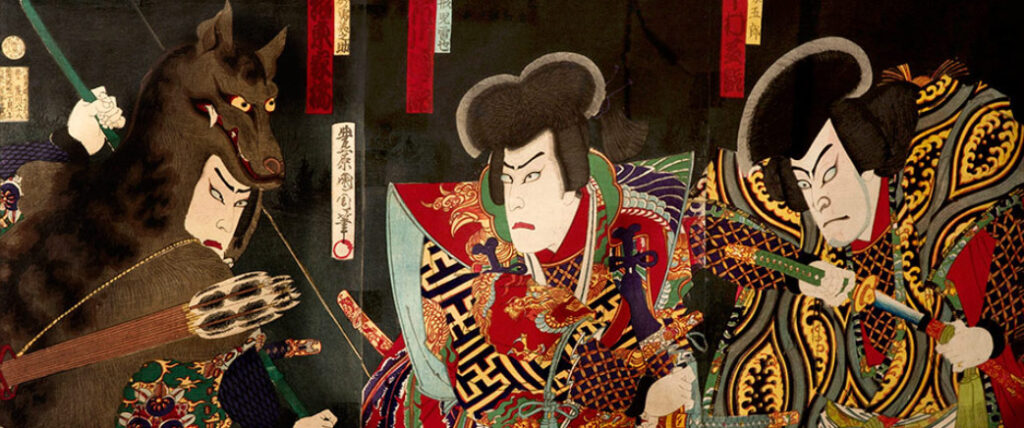
Transferring The Drawing To The Board
The first step in making Japanese woodblock prints is drawing. The artist sketches the drawing on thin paper. Then the artist installs the paper on cherry wood blocks and traces the designs into Keyblock. Printing methods were originally done with polychrome woodblocks.
The key block acts as a guide for the placement of the color blocks and contains the majority of the print design’s finer details. The artist will use a blender marker to transfer an image of a print onto the woodblock.
Carving The Design Keyblock
After accurately transferring the drawing to the wooden panel. The artist begins to carve a drawing onto the panel. To carve the key block, the artist uses both a knife and gauges of various sizes. The artist uses a knife to make more exact cuts in regions of very fine detail. In order to speed up the carving process, gauges are used to remove the wood from greater regions all at once.
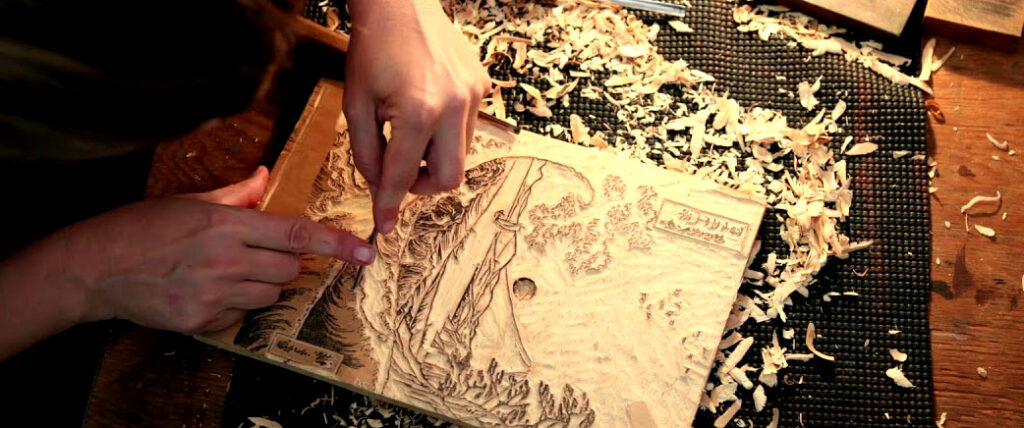
Printing Test
Once the carving process is finished. The artist covers the areas that will be printed with sumi ink and spreads it uniformly across the key block. Following that, the artist applies paper over the block, lightly scrapes it with a baren, and then lifts the paper off of the block. This procedure is a testing procedure to determine if the block has been perfectly carved or not.
If the artist discovers that some regions were printed badly after the initial print. They proceed to carve more of the block and make further test prints to ensure that the design will register properly on the final print.
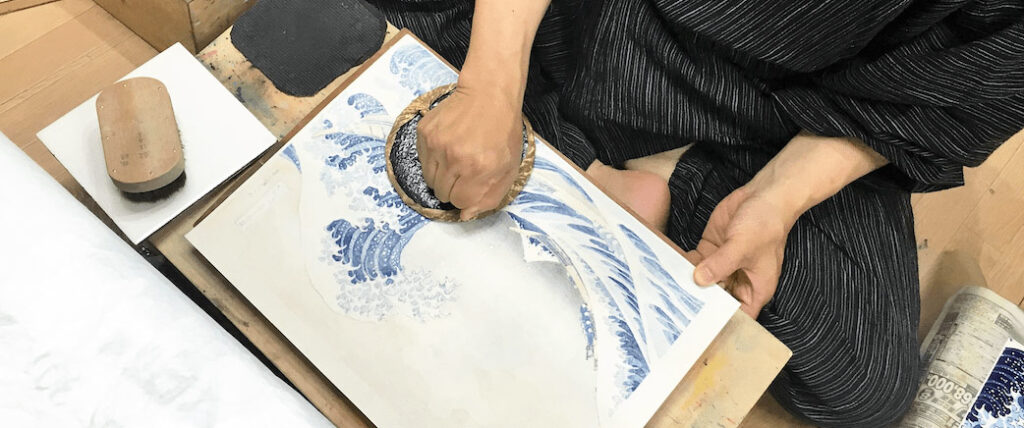
In-Color Printing
The artist uses blocks that were carved for one of their own prints to show how color printing is done. The color blocks are printed next, then the key block. The prints are sometimes composed of many blocks.
Watercolors are used to print the images on paper. The Japanese rice paper is placed over the blocks by the printer, who arranges them in sequential sequence before pressing with a baren.
The artwork is transferred to the paper by applying pressure on it using a Baren. For each detail, the artist uses a key block, paints it, covers it with paper, and presses it. Until the desired print is produced, this process is repeated.
This is the final stage before the print is completed. Multiple prints may be made with these blocks. Each print will be identical to every other print.
Japanese woodblock printing is an exquisite and ancient art form. known primarily as Mokhuanga. Japanese woodblock prints are made with materials that were originally developed utilizing ancient Chinese techniques. These printing methods are unquestionably among the best in the world. The artist can create multiple prints using the same blocks.

